Driving during winter
Winter driving is about more than keeping an eye out for snow - it's also about keeping an eye out for ice, sleet, and freezing fog. Even when the road looks clear, wintery road conditions are often unpredictable and we know how quickly the Scottish weather can change. To stay safe on the road this winter, it pays to be prepared.
We have several guides answering some common questions. From the benefits of winter tyres, to packing a winter emergency kit, to general advice about driving in icy conditions - we have lots of information to help you prepare and keep safe whatever the weather.
Visit our homepage and use the map and its route checker to view any live and future disruptions that may impact your journey.
Or use our trunk road gritter tracker map to find out which roads have recently received salt treatment.
The Met Office produce a daily weather forecast for Scotland on their YouTube channel.

Winter treatments
During the winter period, Traffic Scotland provides information on work carried out to help travellers use roads safely. The Gritters & Winter Salt Treatment information service operates from the 1 October to the 15 May.
How to drive safely on snow and icy roads
Snow and ice can make driving dangerous. The potential for slippy and icy road conditions increases in winter, making it important for drivers to understand how best to handle such conditions to maintain safety. If you must drive in these conditions, you need to take special precautions and follow these tips to stay safe.


Driving in heavy rain and flooding
Driving in Scotland often means driving in the rain. It is important that you are comfortable behind the wheel in wet conditions, and are full prepared for the difficulties that come with wet, slippery roads and reduced visibility. To help keep you and others stay safe we have some information on driving in wet weather.
How to drive in fog & when to use your fog lights
Fog can descend very quickly. Your visibility can halve in the blink of an eye. If you feel your visibility is compromised and it's not safe to continue, find a place you can safely pull in and park. If you do, keep your hazard lights on but turn off your headlights, as they may confuse other drivers who think you are still moving.
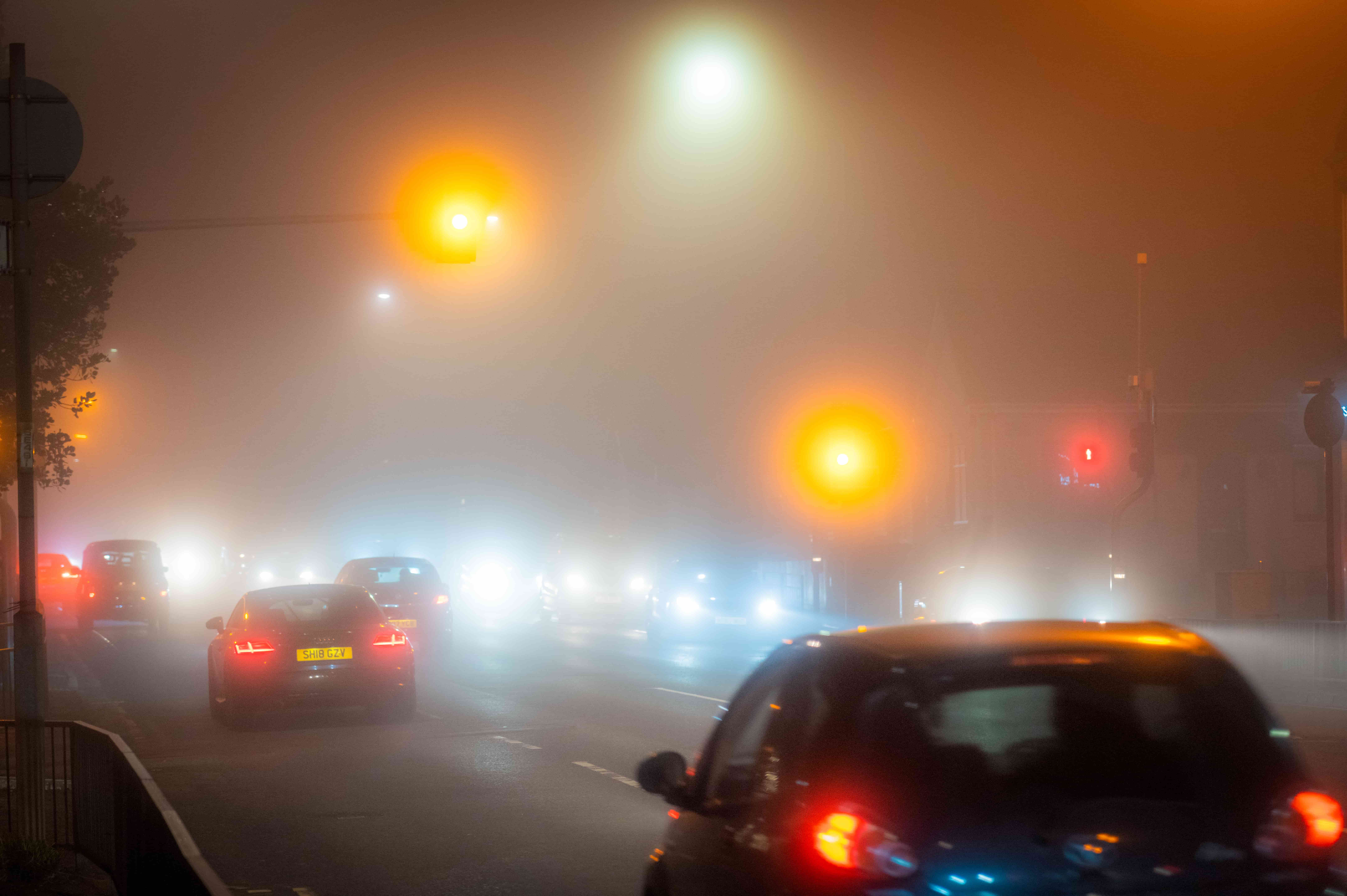
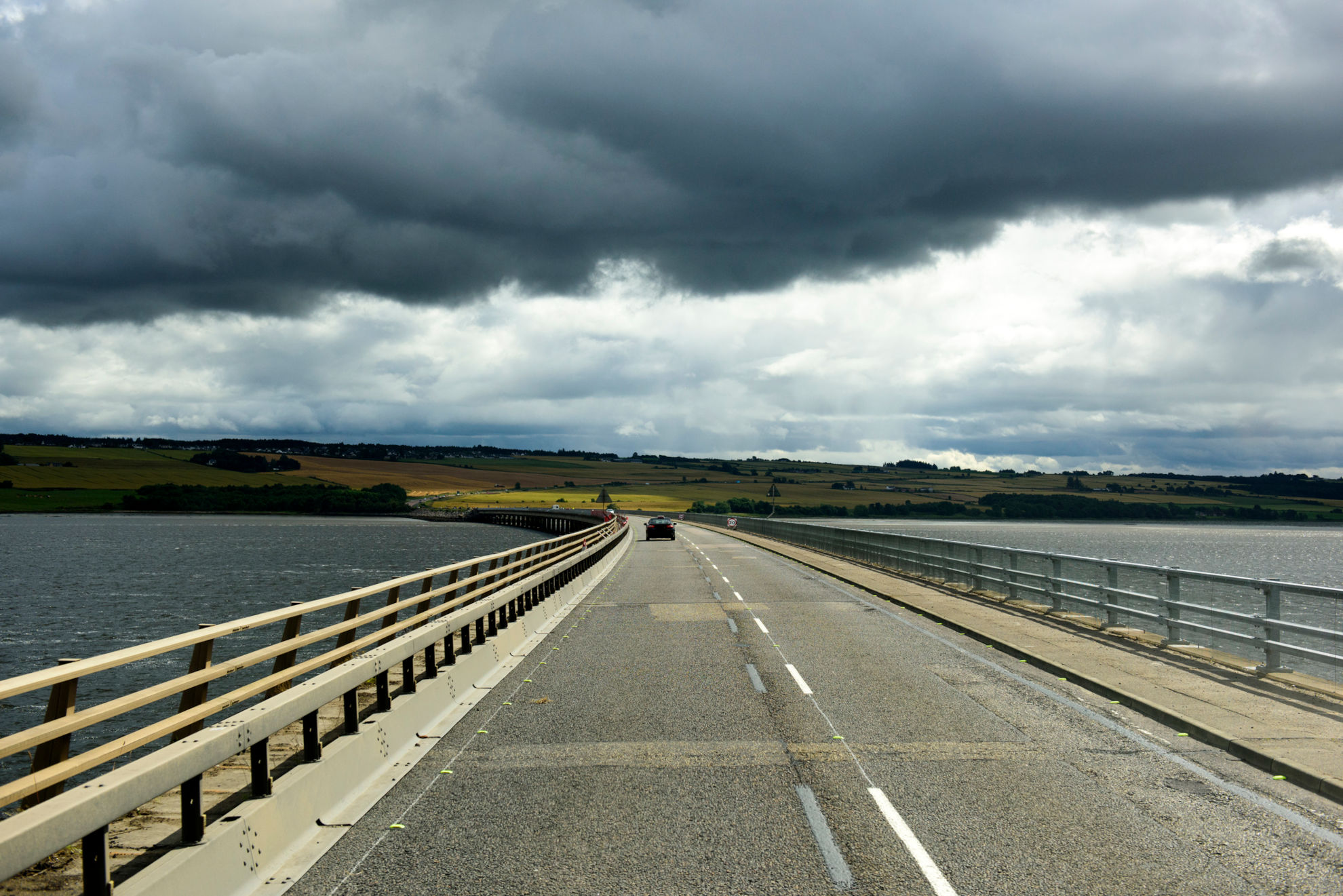
How to drive safely in high winds
It is not uncommon to feel uncomfortable driving in strong winds. These conditions are unpredictable and challenging, but there are things you can do to stay safe on the road.
How to prepare an emergency travel kit for winter months
It is always wise to have an emergency travel kit in your vehicle. Breakdowns can happen at any time, and you are always at the mercy of unforeseen issues on the road.
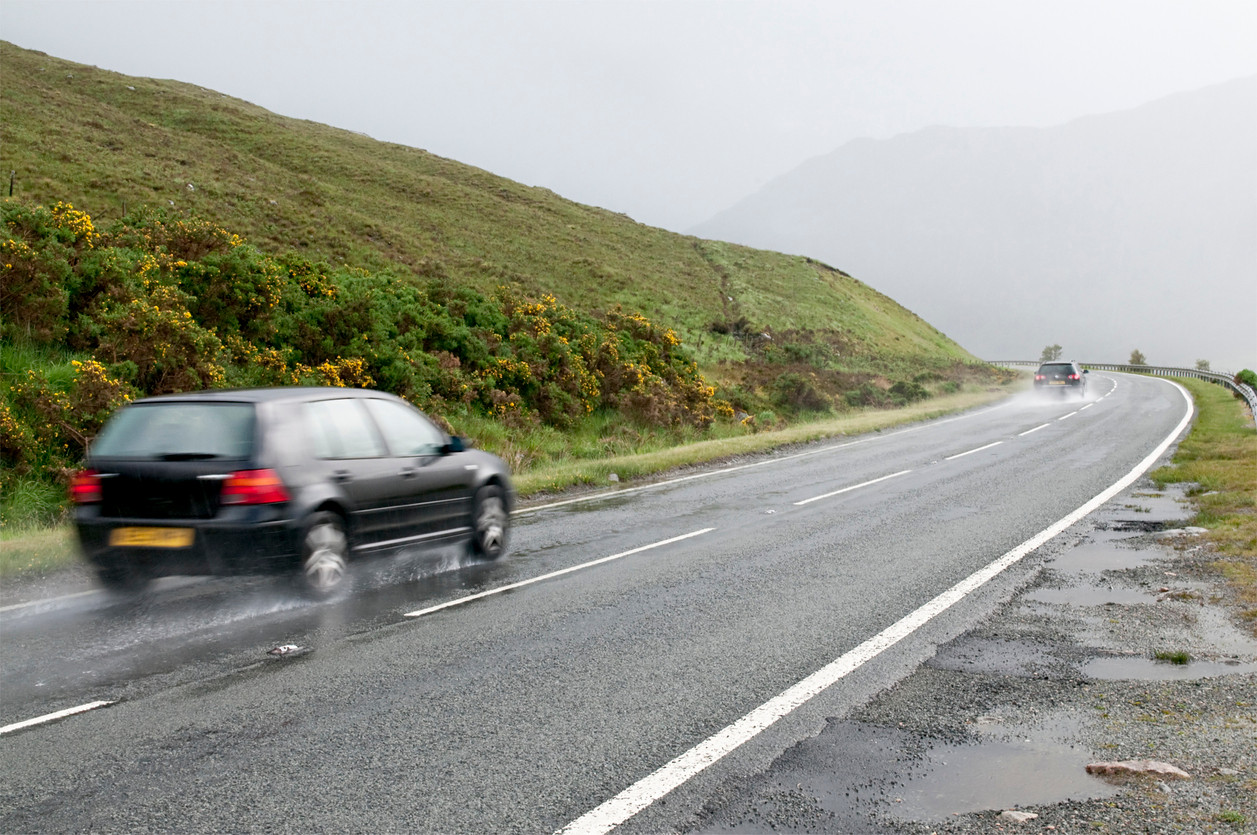
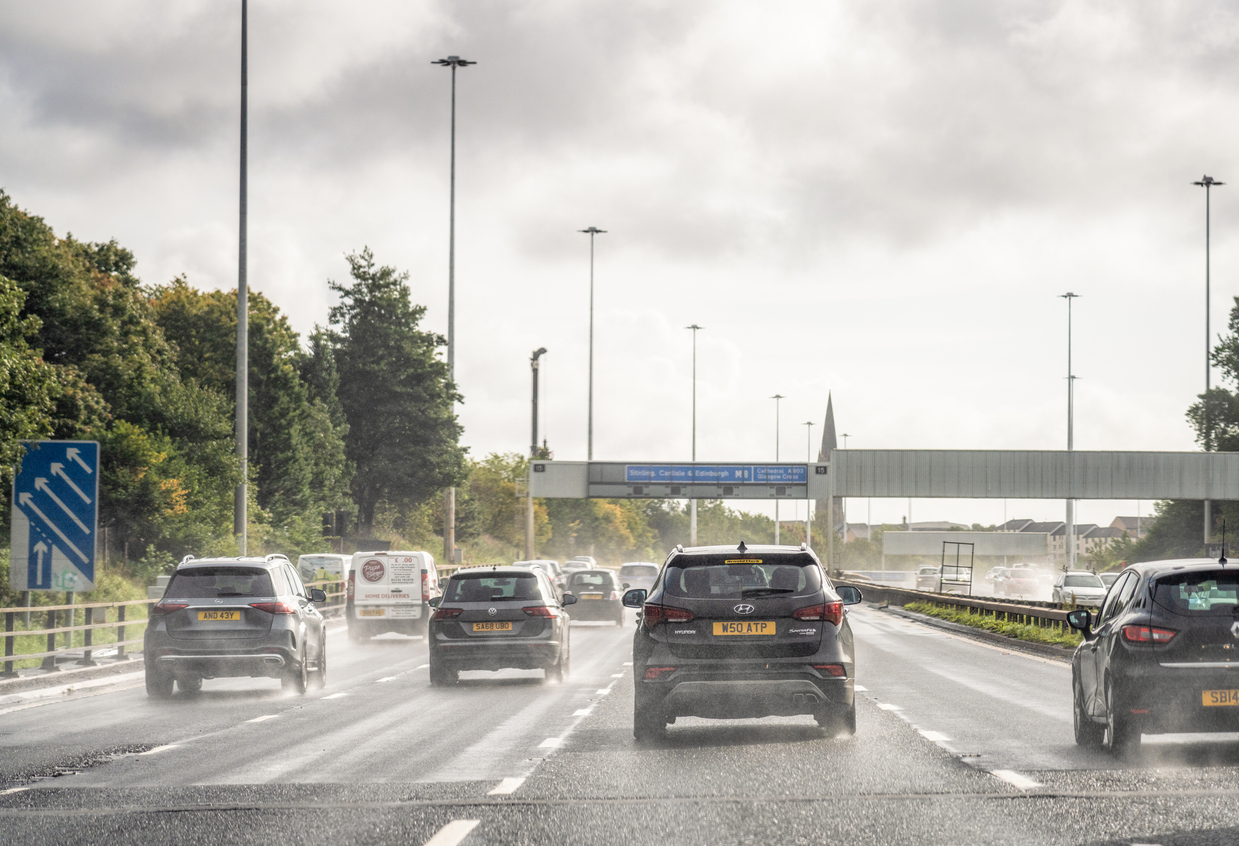
What are winter tyres?
Winter tyres are tyres that are designed to provide maximum traction on roads. Consider investing in a set of winter tyres this year. They're not just for vans, taxis and other commercial vehicles - they are also great for private cars as they can reduce your stopping distance by up to 40%.
Night driving: tips for driving safely in the dark
Due to the few hours of daylight during the height of winter it is extra important to be prepared on the roads. Here are some pointers on being as safe as possible when darkness falls.

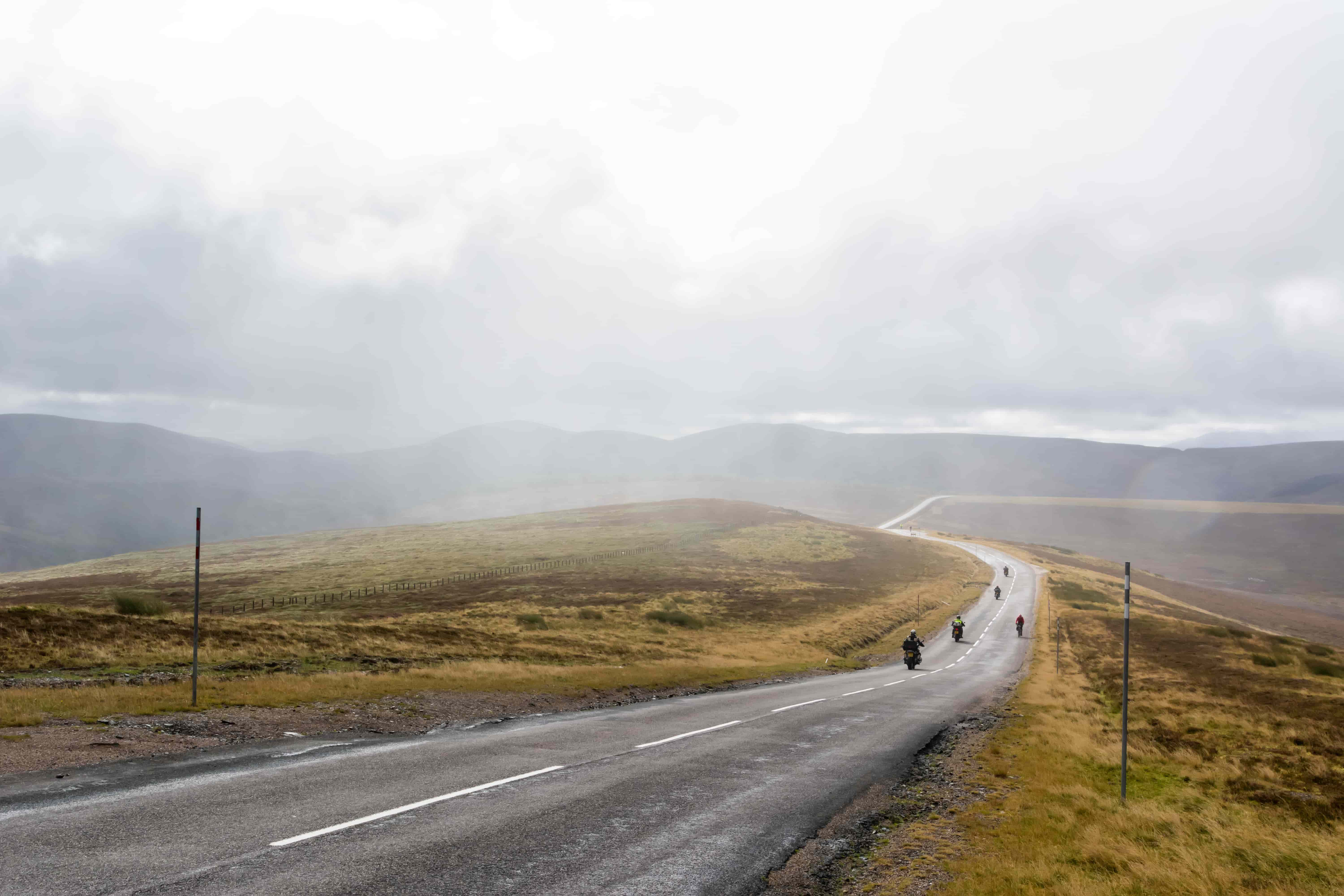
10 tips for riding a motorcycle in winter
Riding a motorcycle in Scottish winters can be challenging. Fewer daylight hours, freezing temperatures, rain, snow and ice are just some of the risks that riders face. However, with the right equipment and precautions, you can stay safe on the road at this time of year.
Winter cycling guide
Just because it's cold out doesn't mean you have to ditch the bike. If you're prepared, cycling during the winter is as safe and enjoyable as any other time of the year. Take a look at our handy guide to make sure you are prepared this winter.

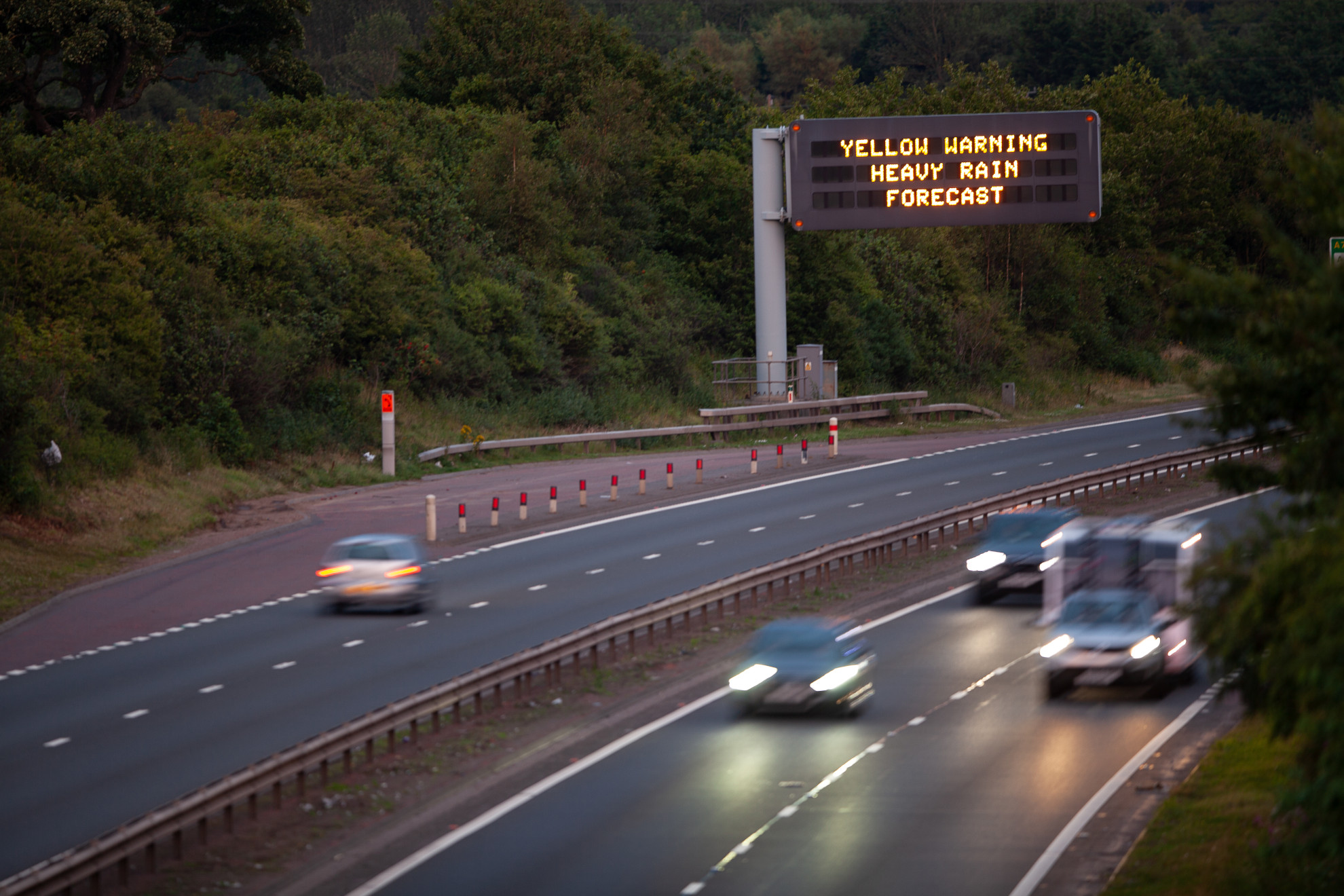
Weather warnings explained
If there is a weather warning in your area and you're not sure what it means for your travel plans, we have information that can help.
